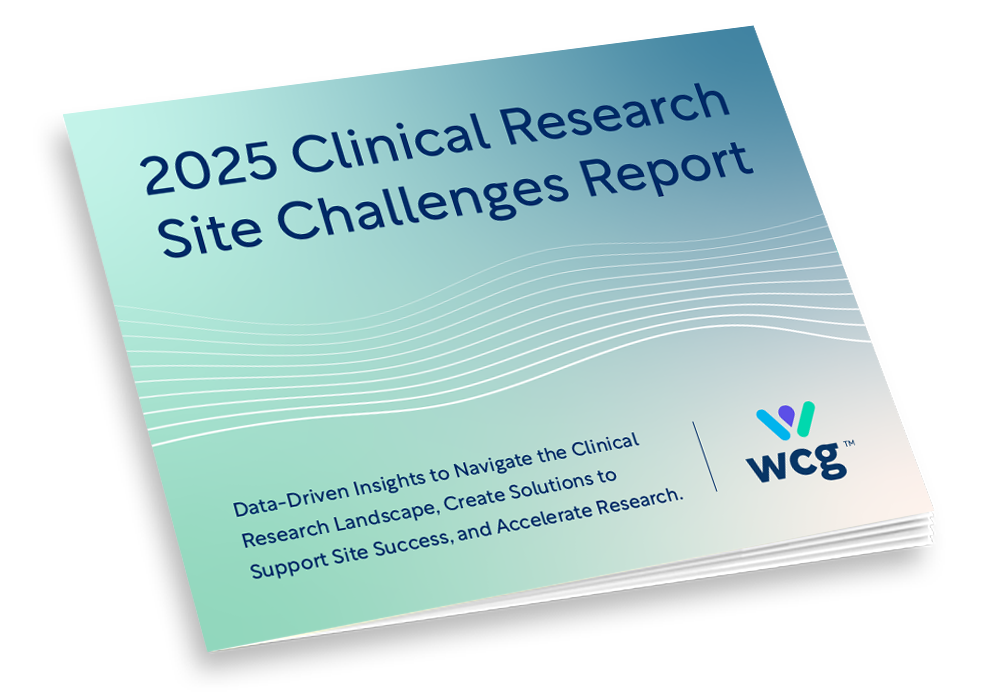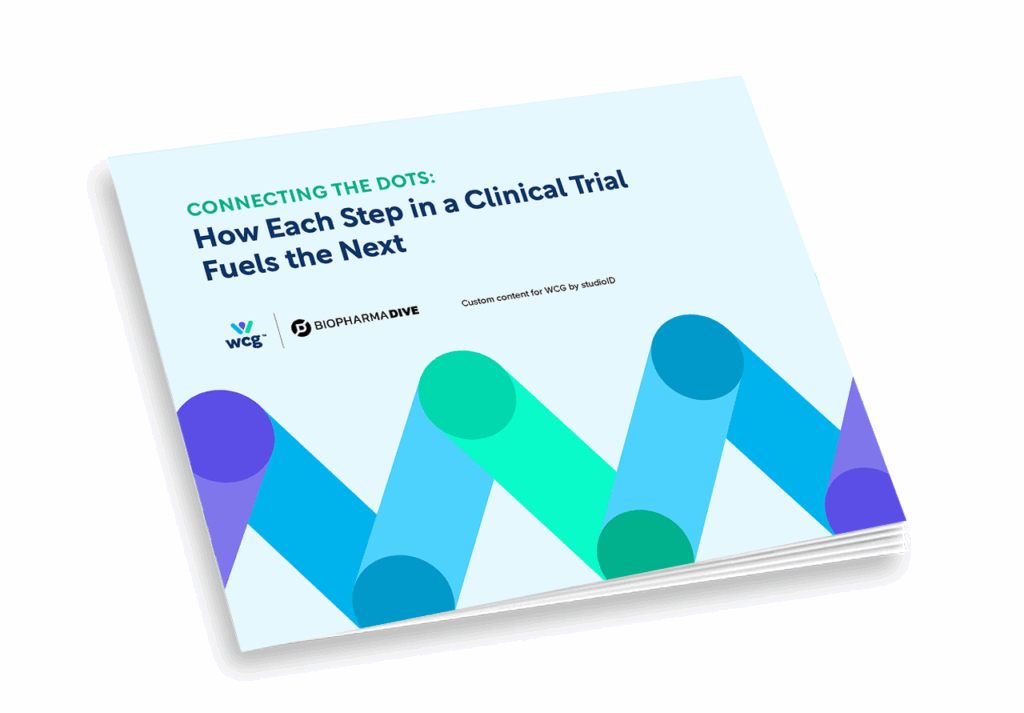Insights
Explore actionable insights on the clinical research industry from WCG experts and our data intelligence platform.
Explore Insights by topic:
Clinical Trial Operations
Diversity & Inclusion
Clinical Endpoints
Regulatory Compliance
Participant Recruitment
Site Efficiency
Webinar Series
The Future of Clinical Research Sites
Latest Insights

WCG’s 2025 Clinical Research Site Challenges Report
Whitepapers
Health Literacy in Action: The Impact of Plain Language Communication in Clinical Research
Podcasts
Technology Focus: The Use of AI in Consent Form Development
Blog Posts
Elevate Training to Overcome Site Burden and Reduce Protocol Deviations by 35-50%
Blog Posts
The FDA’s Updated IRB Bioresearch Monitoring (BIMO) Inspection Manual
Blog Posts
Protocol Deviations Explained: Understanding the FDA’s Draft Guidance
Blog Posts
Series: WCG Talks Trials
Advancing Access: How SaaS is Transforming Clinical Trials
Podcasts
Series: WCG Talks Trials
Advancing Imaging in Clinical Trials Using AI
Podcasts
Regulatory Compliance
Ensuring Representative US Enrollment in Oncology Clinical Trials: Navigating the Rising Tide of Regulatory Scrutiny
Blog Posts




